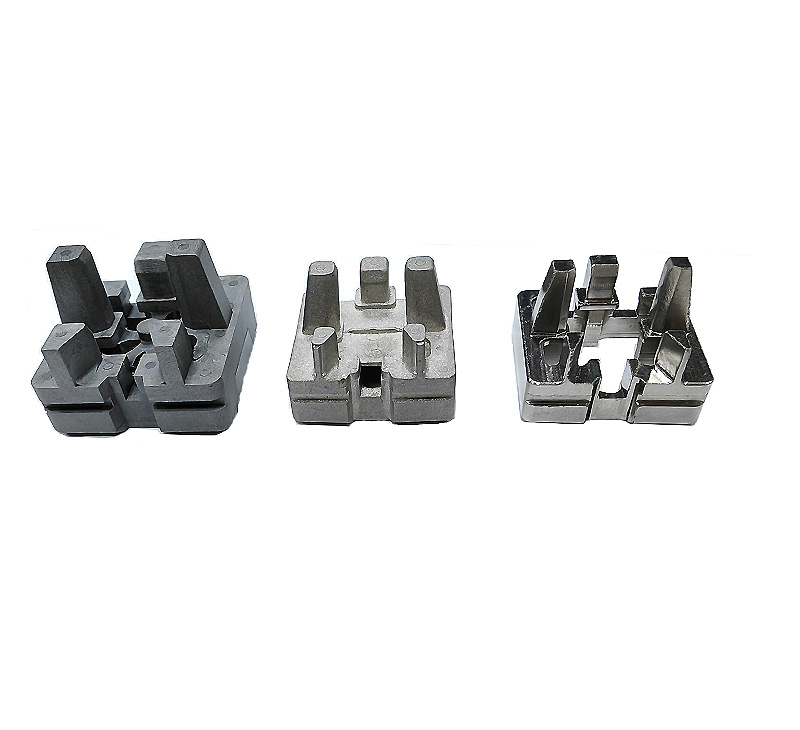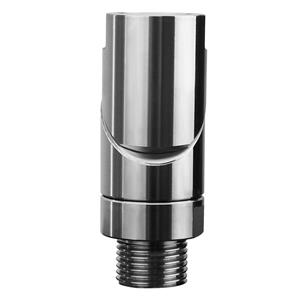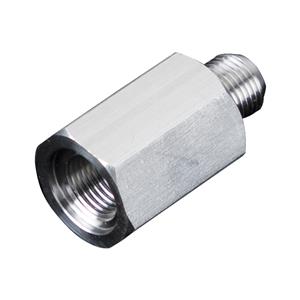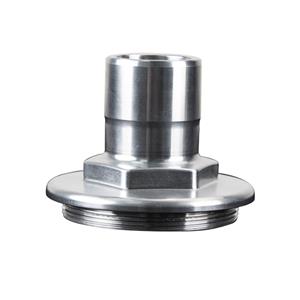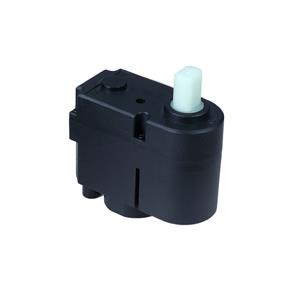Titanium Alloy Metal Injection Molding Parts in Production
Titanium Alloy Metal Injection Molding Parts in Production
metal injection molding materials: Titanium alloy power

in metal injection molding process
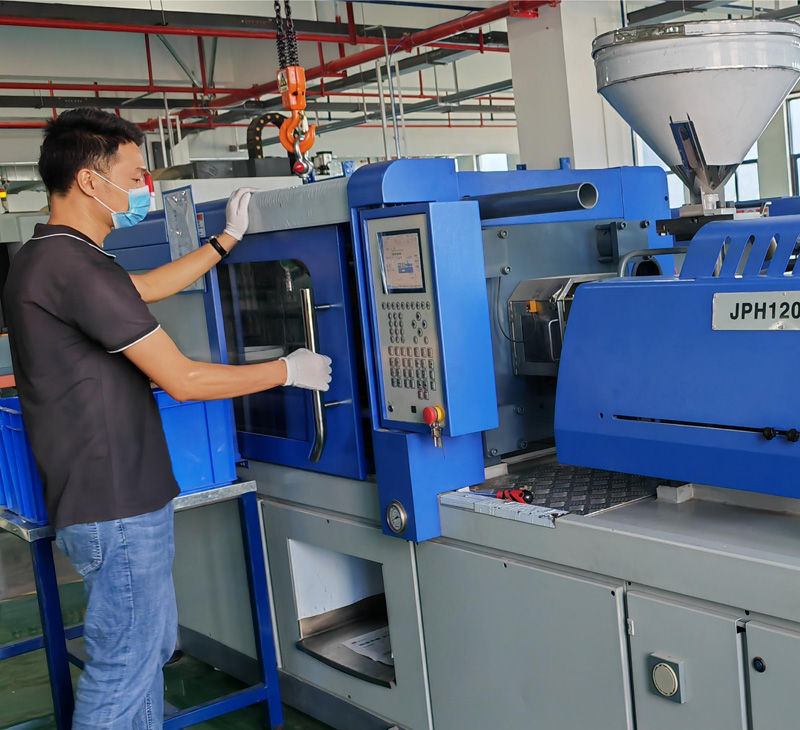
After metal injection molding, the next steps involve debinding, sintering, and machining.
Debinding is the process of removing the binder material from the molded part. The part is typically heated in a controlled atmosphere to vaporize and remove the binder, leaving behind a porous metal structure.
Sintering is the next stage, where the debound parts are subjected to high temperatures to fuse the metal particles together. This process helps to achieve a higher density and strength in the final product. The sintering temperature and duration are carefully controlled to ensure proper metallurgical properties.
Once the sintering process is complete, the parts may undergo additional machining operations. Machining involves using various tools and techniques such as cutting, drilling, and grinding to achieve the desired shape, dimensions, and surface finish of the metal components.
Overall, the sequence of metal injection molding, debinding, sintering, and machining allows for the production of complex metal parts with high precision and mechanical properties.
